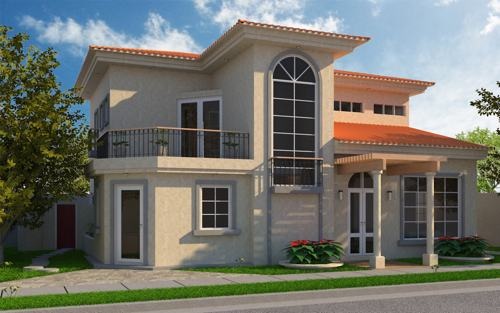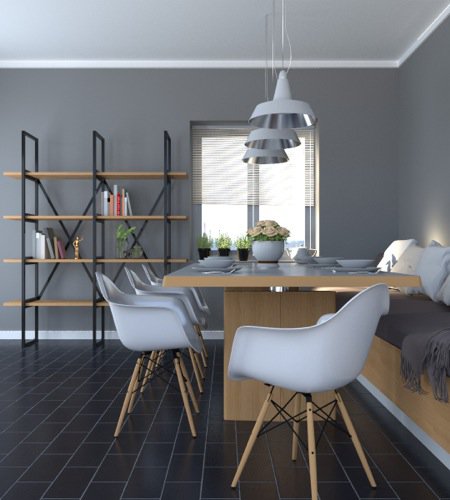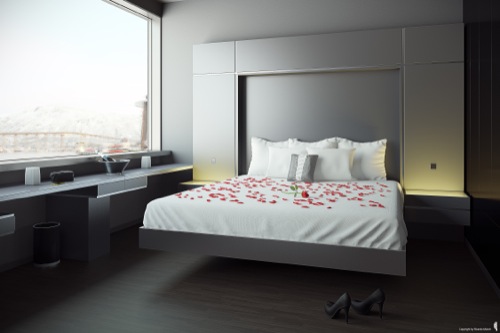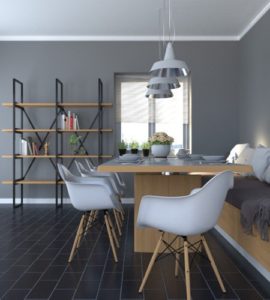
An artist called Abner just posted on the YafaRay user forums a great set of external renderings made with Blender for architecture. In all examples he shows external renderings of houses with lots of trees and shrubs in the scene. And to help us improve or own projects made with YafaRay, Abner was kind enough to post his settings for the Path Tracing render. In YafaRay the best method for external scenes is Path Tracing, and if you want to start with the renderer, I recommend you to check out Abner settings.
In the image below we have one of the several examples posted by Abner.







I really like the first three pics on the thread.
The last too are rendered great but i really don’t like the architecture 🙁
Maybe it looks just too american for my taste.
-Rudl